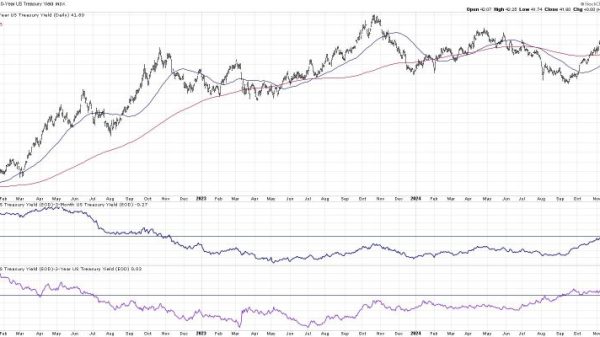Investing in Physical Gold: A Comprehensive Guide for 2024
1. Understanding the Value of Physical Gold
Physical gold has been considered a reliable store of value for centuries, with its intrinsic worth derived from its scarcity and the trust it garners as a precious metal. Unlike paper currency, physical gold retains its value over time and serves as a hedge against inflation and economic uncertainty. Investors often turn to physical gold as a safe haven asset during turbulent times in the financial markets.
2. Reasons to Invest in Physical Gold
There are several compelling reasons why investors choose to allocate a portion of their portfolio to physical gold. Firstly, gold has a history of preserving wealth over the long term, making it an attractive option for diversification. Secondly, physical gold offers a level of security and tangibility that paper assets cannot match. Additionally, gold provides protection against currency devaluation and geopolitical risks, making it a valuable asset in times of crisis.
3. Factors to Consider Before Investing in Physical Gold
Before diving into the world of physical gold investing, it is essential to consider several key factors to make informed decisions. One such factor is understanding the different forms of physical gold available, including coins, bars, and jewelry. Each form comes with its own set of advantages and considerations, such as liquidity and purity.
Furthermore, investors should research reputable dealers and storage options to ensure the security of their gold holdings. Factors such as storage fees, insurance, and accessibility should be carefully evaluated before making a purchase. Additionally, understanding the market conditions and trends is crucial for timing investments in physical gold effectively.
4. Strategies for Investing in Physical Gold
Investors have several strategies at their disposal when it comes to investing in physical gold. One common approach is to allocate a portion of their portfolio to physical gold as a long-term wealth preservation tool. This strategy aims to protect against economic downturns and currency fluctuations while potentially benefiting from the appreciation of gold prices over time.
Another strategy is to trade physical gold actively to capitalize on short-term price fluctuations. This approach requires a deep understanding of market dynamics and technical analysis to make informed trading decisions. Investors can also consider leveraging gold derivatives such as futures and options for speculative purposes.
5. Risks Associated with Investing in Physical Gold
While physical gold is often seen as a stable investment option, it is not without risks. One of the primary risks is the volatility of gold prices, which can fluctuate based on various factors such as economic data, geopolitical events, and investor sentiment. Investors should be prepared for price swings and potential losses when investing in physical gold.
Additionally, storage and security risks can pose challenges for investors holding physical gold. Storing gold securely can incur additional costs, and the risk of theft or damage should be taken into account. Moreover, liquidity risk is a concern for investors looking to sell their physical gold quickly during market downturns.
In conclusion, investing in physical gold offers a unique opportunity for investors to diversify their portfolios, protect their wealth, and hedge against economic uncertainties. By understanding the value of physical gold, considering key factors before investing, implementing suitable strategies, and acknowledging associated risks, investors can make informed decisions to navigate the world of physical gold investing successfully.




























